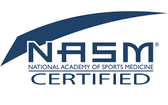Pre-Race Lead Up and TrainingRedemption. Finishing the Cruel Jewel 100 this year was all about getting some kind of “win” after more than a year of things going sideways. Any kind of “win”. It all started with a major fall at the 2020 12-hr Spider Mountain Race last February.
Training was way less than stellar. As you can see below, I had a couple of 60mile weeks in late February and early March but, the craziness in March hit me like a bunch of bricks and I was barely able to average 45mile weeks for a while. I did not want to force it too much for fear of overtraining when my body was unable to recover from just daily activities. I was able to get in one supercompensation 80-mile week with 12K ft of gain and that had to do before I needed to start tapering for CJ100. I usually like to get in one week that mimicked the race in terms of mileage and gain, meaning a 100-mile week with 33K ft of gain. HAH! That was nowhere close to fruition. I felt like this was close to being the least trained for a hundred-miler, relative to expected effort. With the training window of opportunity fast closing on me, I did not have the option to put in tons of miles. I had to train smart and get everything I could out of these 2 weeks of taper. After my big 80-mile week, 3 weeks out from the race, I started to focus on 3 things – 1) weighted power-hiking, 2) strength training and 3) (some) heat training. If I were to attribute one of the main elements that saved my butt during this race, it is power-hiking with a weighted vest. I filled my Ultimate Direction running vest with water bladders, ankle weights and other random heavy objects, until it weighed about 15lbs. I would then wear it for every power-hiking session for 2 weeks (up to the week before CJ100), hiking for an hour or so at grades between 15-25%. Sounds horrible but it works. Thanks Ian Sharman! During these last taper weeks, I had to tell myself over and over again – it is always better to get to the start line undertrained, injury-free and healthy, than overtrained and tired. Race Planning and PrepCruel Jewel 100. 106miles, 33,000ft of gain. Highest elevation 4000ft-ish. Noon Start. I usually take a 3-week taper for 100-milers and this is a great time for race planning. I repurposed my race planning excel sheet from Western States and started figuring out the elevation gain breakdown and pacing plan for my ‘A’ goal of 34 hours and my ‘B’ goal of 39 hours. My final ‘C’ goal was based off cutoff times, which is for a 48-hr cutoff finish. From some websites, it was estimated that, a 24-hr performance at Western States would be roughly equivalent to a 36-hr performance at Cruel Jewel. As I was feeling way less trained than when I had run WSER100 in 2019, I gave myself an extra 3 hours as a buffer for the 39-hour ‘B’ goal. My ‘A’ goal had a bit more of a significant meaning as a sub-34hr finish would be faster than my 34:16 finish at the 2018 Bear 100, on a course that is not at altitude but was 6-8 miles longer with (supposedly) 11,000ft+ more gain. I have to give a shout out here - After I had put this worksheet together, I have since learnt of an AWESOME website called UltraPacer, where you can essentially do the same thing and better, if you have the GPS/GPX file of the course. It's a great site! You should check it out and use it for all your race planning. I may use it moving forward. From the sheet, I roughly calculated when I would hit my drop bags at miles 27, 52, and 83 for my ‘A’, ‘B’ and ‘C’ goals and packed my drop bags accordingly. Even though my girlfriend, Arielle, crewed, I was mainly relying on my drop bags for everything and she would just meet me at the drop bag spots with emergency stuff, just in case. Ultra Tip! – Even if you are allowed or plan for having a crew, I highly suggest/recommend that you utilize drop bags. In case your crew gets lost, encounters problems like a blown tire or runs out of gas (a real possibility that weekend! – See Colonial Pipeline cyberattack news.), you aren’t SOL’ed if your crew, for some reason, doesn’t show up. If anything, your crew can help you organize what you need from your drop bag. For my race plan, I basically look at my spreadsheet and the race details and start jotting down a rough plan of what gear I want to start with and certain pre-race tasks that I want to do (i.e. lube and tape nipples.). From there, I use my estimated in-between drop bag and in-between aid station times to figure out how much nutrition and hydration to carry, taking into account time of day and heat. Next, I envision various things I will do at each aid station, especially the main drop bag aid stations, and write it out, taking into account mileage already ran, time of day and other weather and terrain variables. Hundred-Miler/Ultra Tip!! – When I started doing more and more hundos crew-less and pacer-less, I wanted a system that would enable me to be methodical and comprehensive, yet efficient, at major drop bag checkpoints. Starting with Kettle Morraine in 2016, I started using a system where I would create a checklist of what I would do at each drop bag aid station and then either put it in a Ziploc with my stuff in the drop bag or tape the list to the outside of the drop bag. This is especially helpful when your mental faculties are not really working the best at mile 70 or at 3am. It’s much easier to read through a list (or have someone else help you read through it) than stand there and think about what you want to do, when you are not in the most coherent state of mind. I would talk/walk through the race plan a couple of times, finessing the packing list a couple of times as I go along, until it’s mostly ironed out. In walking through the race plan, I also walk through the contingency “what-if” scenarios, mostly what if I fall behind 39-hr pace. Those scenarios help me plan out how to pack for issues (for example – If I hit Wilscot gap in the dark the second time and have to go through a full second night, what would I need? How cold will it get? What may help me freshen up and wake my mind up a bit?). What spares would I need (i.e. spare shoes, spare socks, spare bottoms, spare batteries, etc.)? Sometimes what you don’t need may be equally as important as what you do need as you don’t want to overcrowd your drop bag to the extent that it starts to become hard to find things. Pre-RaceNothing exciting to talk about here. Arielle and I stayed at a cute AirBNB just outside Blairsville, which was very nice and isolated for having a reactive dog like Riley. She had no dogs or cars to bark at so we enjoyed a very peaceful couple of days. As is my pre-race routine, the morning of the race I watched these two videos. Andy Jones-Wilkins’s words in the second video hit me pretty hard as it has been a rough couple of months leading up to the race as well as everything that has been going on in the past year. I cried a little. One of my main thoughts was – I really wanted to exorcise the Bear 100 demon and run a Hardrock 100 qualifier well, not death-marching for 40 miles to the finish like I did at the 2018 Bear 100. Patience and calm. I commit, I won’t quit. Race Time!Part 1 – Start (mile 0) to Wilscot Gap (mile 26.7) (6:15-ish) I just wanted to get going so that I could figure out how the day was going to play out. We started off at 12:03pm in Wave 2 of 4. They had wave starts due to covid precautions/restrictions, with waves going off every 3 minutes. In the grand scheme of things, it doesn’t really make much difference. I settled in with the front group of my wave and just started running and hiking along. The weather for the weekend was the best that is has been for the race for a long while. A high of 70F, with an overnight/early morning low of around 40F. Cruel Jewel is typically known for 80-90F+ temps with high humidity so we really lucked out this year. I tried to go with my flow and not let the front of the pack drag me along too much, especially on the uphills. I was happy to catch up with them on the downhills. I kept telling myself – Run your own race. Everything felt…pretty good? I made sure to stay within myself, at a relatively easy effort level and the pace would be what it would be. Using poles, I powered up the inclines with small but quick steps, using my prior experience of climbing Devil’s Thumb at Western States (1600ft in 1.6miles = ~20% avg grade) as well as my power-hiking training on the treadmill. As downhills are typically my strength, I took the downhills at a controlled but steady effort, trying to stay patient, calm and smooth (albeit, maybe a bit too…. enthusiastically at times?). The group I was with took the first long downhill stretch at a good clip and made some distance with the rest of the wave. I honestly don’t remember too many details about each section so here are just some highlights that I do remember. Coming into Fish Gap aid station, the next runner came in with his bib almost torn off and he was asking for safety pins. I’m not sure if he had taken a fall or the brush that we ran through snagged it and threatened to rip it off. Luckily, I had some safety pins in my emergency blister kit that I gave him to fix that. Ultra race tip! Safety pins are light and can come in handy for many situations so it may not hurt to carry some with you for emergencies, like above. At Vermont 100 a few years ago, we used a bunch of safety pins to help a runner put back together a torn shoulder strap on his running vest. It had separated so much that he couldn’t run with it. Safety pins can also be helpful for holding together ripped shorts, shirts or shoes (or popping blisters). For this first part, I hopscotched a bit with a runner named Brandon and we traded stories about the Bear 100 and other hundos that we have done. He was looking very strong, especially on the ups, and dropped me towards the 2nd half of the quarter. He later went on to finish 7th. Other than that, it was pretty much go up, go down and look at the green tunnel. It’s called the green tunnel because that is pretty much what you see for most of Cruel Jewel, just greenery around you. With greenery comes…. Poison everything!!! Poison ivy, poison oak, maybe poison sumac, etc. Lovely! I pretty much ran through most of it like this as I treated everything that had “leaves of three” as poison ivy. As for my race plan, I was executing it right on. As it was the hottest points of the day, I made sure to empty all 3 of my bottles between aid stations and fill up with water and tailwind at aid stations. I ate Saltchews at the top of the hour and a Trail Butter packet or a Muir Energy packet at the bottom of the hour, along with some pickle juice or chips at aid stations. I was doing well at aid stations, only stopping for a minute or two at “non-major” aid stations. Around mile 15 or so, I had a medium right ankle roll, which gave me pause. It wasn’t super bad but not light enough that I could just brush it off as I definitely felt it for a bit afterwards. I came into Skeenah Gap aid station and Wilscot Gap aid station an hour-ish ahead of 34-hr pace (my ‘A’ goal). Hmmm, this would be interesting. This could signify either extreme end where it was a really good day or I was in for a blow-up of epic proportions later in the race. To avoid the latter scenario, I took about 20mins at Wilscot Gap and ran through the aid station checklist in my drop bag. I was feeling a little warm and pretty hungry but the extended aid station stop was time well spent. I had already allotted half an hour for each of the three major aid station stops (highlighted in yellow in my race plan) so I took my time and chilled. I left Wilscot at 6:35pm, about 1:15 ahead of 34-hr pace. Part 2 – Wilscot Gap (mile 26.7) to Camp Morganton (mile 52) (6:30-ish) For a good portion of this stretch, I paired up with a runner named Lyman as we ran steadily towards Camp Morganton. He dropped me a bit after Stanley Gap aid station before we hit Deep Gap, which is understandable as that part was a very long climb. The Deep Gap loop felt pretty long to me, as it had a 2-mile long downhill. At night with less perception of surroundings, it just felt like it kept going on and on, especially as I was on my own at this point. I finished the Deep Gap loop in 1:32. The terrain was pretty rocky throughout this quarter, other than the road sections leading to Stanley Gap and to Camp Morganton from Deep Gap, so I took my time and tried to not bomb the downhills too much. I was also starting to feel the wear on my legs from the steep grades and rocky terrain. Systems check – Nothing was bad for closing in on mile 50 with 14,000+ ft of elevation gain already. I could feel something in my right Achilles and peroneal, which was probably from my ankle roll at mile 15. They were definitely feeling the added stability challenge from the rocky terrain. I could also feel some tightness in my adductors, probably from being a bit behind on salt and hydration. When the night hit with its cooler temperatures, I backed off the salt chews a bit but maybe I should have kept on it a bit longer. Lastly, something new – my quads were starting to feel a little worn, which is new to me as I have never experienced the “shot quads” that a lot of runners experience, especially at a downhill hundo like Western States. Here, at Cruel Jewel, I think the issue is the numerous steep downhill grades. I was able to run the gradual downhills with good form (i.e. leaning forward into the hill) but, once the hill went past a certain grade (I think steeper than -10% grade), I would have to switch from leaning forward to leaning backwards. Leaning backwards puts a lot more eccentric work on the quads and more muscle damage. I still came into Camp Morganton (mile 52) at 12:47am, about 2 hours ahead of estimated 34-hr pace. I was feeling more than a little beat up and hungry at this point so I took quite a long break (~40mins) to gather myself for the second half. I charged my Garmin, got some hot ramen and broth in me as well as change my top for the colder part of the night. It was going to drop to 40F in the wee hours of the night so I wanted to stay warm enough. Lyman was chilling there for a bit and asked me if I wanted to head out with him. I declined as I felt I needed a bit more time to gather myself. I had time. After 40mins or so, I thought I had better get going and left Camp Morganton at 1:27am. On my way home. Part 3 – Camp Morganton (mile 52) to Wilscot Gap (mile 82.6) (9:40-ish, including the 40min stop at CM) As I knew what to expect, to keep myself mentally engaged for the second round of Deep Gap loop, I played a game where I tried to pass as many runners as I could see, whom I knew were on their first Deep Gap loop. Heh, that ended up with me, finishing the loop at 3:30am in 1:24hrs, 8 minutes faster than my 1st loop. Oops! The quads were hanging in there though so it was okay. I was definitely starting to flag at this point so the Weaver Creek out and back was mentally tough, especially, with the long 2-mile downhill to the aid station, as it was preview of what I would have to climb back up. I passed Lyman on the way down as he was coming back up. When asked how he was doing, he responded, “This climb always sucks.” Yay, something to look forward to. I definitely slowed a bunch on my way to Wilscot Gap, after Deep Gap, to preserve what I could of my quads, Achilles and feet to make sure I didn’t blow up. I relearned the “ultra shuffle” on the go after forgetting how to do it for a year or so. I also had to make a diversion to a porta-potty at a construction site along Stanley Creek Road for a poop stop. I dragged through the early hours of the morning. I also had to pee a lot (like once or twice an hour, when it’s usually once every 2-3hours) and I think it was due to all the caffeine in the Coke that I have been drinking to keep me awake. I was also developing a cough from the dust and pollen. I have pretty severe spring tree allergies and the forecast for Saturday’s pollen levels were high. Ever since the Bear 100 in 2018, when I developed pretty bad bronchitis from the dust and strained my intercostals and serratus muscles, my respiratory system has not been quite the same. After the road sections and crossing the Toccoa River bridge, it was back to the Rollercoaster Tunnel of Green. I was pretty much still just executing the race plan – drink and eat, steady on the ups and easy on the downs. It was starting to get relatively warm so I started back up on the Salt chews and getting some Pringles and Fig Newtons at every aid station to take with me. I also switched back to Tailwind from Coke as I was sick of stopping to pee so often. I was still hitting aid stations 2-hrs-ish ahead of my estimated 34-hr pace so things were still staying in the right direction. Ultra race tip! For last few hundos, I have started taking an empty quart-sized Ziploc bag with me to fill up with food from aid stations. At Cruel Jewel, these were mainly Pringles and Fig Newtons. Instead of standing around at aid stations to eat, I would carry what I wanted in this Ziploc and eat it along the way. This has really helped to minimize dead time at aid stations. I hit Wilscot Gap aid station (mile 82.6) at 10:25am about 2:15 ahead of estimated 34-hr pace. This would be my last extended aid station stop (or so I thought…) before hitting the finish line. Same deal as the first stop. Half an hour to charge my Garmin, refill everything, change my shirt, eat, drink and regroup. I definitely needed a regroup as it was starting to heat up as well. Coming into Wilscot, I was definitely a bit grumpy and more than a bit over the course. At 22.5 hrs, 83miles and 21,000+ ft of gain done, I couldn’t help but think that, if this were an easier hundred, I would done already, if not close to being done. However, this is not an easier hundred. This is the Cruel Jewel 106 (and change). Ultra crew tip! Bring spray sunscreen for exposed races! You can spray down your runner with or without their consent. It’s also a cooling mist 😉 (Note by Arielle) By now, I had changed from my original goal to a new one. A 34+ hour finish would still have me finishing around 10pm, in the dark. I now wanted to finish in the light (sunset was around 8pm, I think) before it got dark enough to necessitate a headlamp because I did not want to be navigating this *bleeping* course with a headlamp any more than I needed to. To spur myself on further, I started dumping everything that I felt I didn’t need for the last stretch in the light. Jackets – dump, gloves – dump, spare waist light batteries – dump, waistlamp – dump, NAO headlamp – dump, spare BD Storm headlamp with spare AAA batteries – keep. I wasn’t going to be that stupid! I still had 23-26miles left to go and a lot of bad things could happen (and have happened) during that time! With a little (okay, a lot) of encouragement from Arielle, out of the chair, I went! The pack was feeling so much lighter already! Part 4 – Wilscot Gap (mile 82.6) to Finish (106-109-ish??) (9:17-ish, including the 30min stop at Wilscot) When I left Wilscot, I had also discovered that my MP3 player (that I had left charging there before) was dead. I guess something went wrong with the charging. Oops! No music, only what’s in my head to keep me company for the last 26 miles of the race! Patience and calm… and some escalators please! Nothing of note really happened (or that I can remember) until I passed Fish Gap aid station (mile 93) and started the long 8-miles on the Duncan Ridge Trail (DRT) to the Fire Pit aid station. This section is also known as the Dragon Spine and for good reason. It has 2000+ ft of gain and it just goes up and down and up and down. What else is new? This section was also particularly tough for me as I started it around 2:30pm and would cover it during the hottest part of the day. It is also somewhat exposed along the trail due to controlled burning of the trees so there was little green cover. I started running out of liquids around mile 5 and had to start rationing liquids by taking just a couple of mouthfuls at a time to stretch it out. This was, by far, the toughest, roughest stretch of the race that I went through. I got to Fire Pit aid station (mile 101) feeling really dehydrated. My face and hands were feeling clammy and tingly, which were not great sensations. I promptly filled up a bottle of Tailwind, downed the whole thing and filled up all my bottles. I had to sit in a chair at Fire Pit for a good 10-15mins to regroup, down a couple cups of pickle juice, eat a bunch of Pringles and have the downed bottle of Tailwind take effect on my system before continuing on again. Fire Pit aid station was a turning point. I was over the worst parts of the course and I was close enough that I could smell the barn and that, mentally, flipped a switch for me. After recovering from the dehydration, I felt like I was able to hold it together physically. I was still coughing quite a bit but I had found ways to manage it and I could still breathe well enough to run. My quads were achy but not shot and could still take the more gradual downhills at a good clip. My right Achilles had let up a bit. The balls of my feet ached from the steep downhills but they had been since Camp Morganton. By now, they had settled into a holding pattern and were not getting any worse. Legendary ultrarunner David Horton was right – “It never always gets worse.” I hiked the last big climb of the race to the top of Mt Coosa as strong as I could. I took some time at the summit to take in the view and snap some pictures because, why not? It was gorgeous and I had time. Taking off from the summit, it was downhill bombing time! Well, as much as my quads will allow. The grade of the descent from the top is still somewhat steep (~-10-20% grade) so I was still not managing more than a 12-13min/mile on the downhill. The tailwind, the calories and the copious amounts of walking in the last 50 miles were finally kicking in and I started pushing in the last 7.5 miles. I was ready to be done and mis-remembered the course profile at the end of the race, after the last water stop. I thought it was doing to be mostly downhill with a bit of up. Nope! It was 2/3rds up with 1/3 down towards the end. Regardless, I just started smashing and, once the grade started leveling out to below -15%, I started channeling the best Jim Walmsley impression I could muster. After passing 9 people since the last aid station, most of them in the last 4 miles, I crossed the finish line in 31hours and 42 minutes, in 24th place. Finishing 2 hours and 34minutes faster than my 2018 Bear 100 time, I think I have exorcised that demon pretty well. I am very grateful finally for a “win”. Finish line pics. (Photo credits to Arielle and Grant/Hensley Carmichael Photography) Huge thanks to Arielle, who crewed me and didn’t sleep much. Huge thanks as well to the race organizers, all the volunteers as well as fellow Cruel Jewel runners. Together, you all keep all of us going. This was one heck of a race. May I just suggest some escalators for some parts of the course? Post-Race ThoughtsWould I do Cruel Jewel again? Hmmm, I'm not sure. Maybe, once my short-term memory kicks in but there are many other Hardrock qualifiers to try... What went well
What I learnt or may do differently next time
Gear
Pack – Salomon Adv Skin 12 (Heh, 6-yrs old) GPS watch – Garmin 910 XT (8yrs old) Shoes – Hoka One One Speedgoat 3 (First time in a hundred that I have not changed shoes) Shorts – Path Projects Crest PX shorts with a Tahoe CL 8” liner (did not change shorts all race) Socks – Drymax Speedgoat quarter-length (4 pairs) Poles – Black Diamond Distance Carbon Z-Pole Lighting – Petzl NAO headlamp, Ultraspire 600-lumen waist lamp, BD Storm head lamp Hydration – Water, Tailwind, Ginger Beer, Coke, pickle juice Nutrition – Trail Butter, Muir Energy gels (slow-burning), Saltstick Chews, Pringles, Fig Newtons and Ramen in Broth
0 Comments
Leave a Reply. |
Chris NeohTrail/ultra runner, Designer, Foodie, Rock Climber, World Traveler, Triathlete, Level 1 RRCA-certified coach, NASM-Certified Personal Trainer (CPT) and Corrective Exercise Specialist (CES) Archives
November 2021
Categories |
Copyright © 2020 The Growth Experience, LLC / ChrisNeohCoaching, LLC

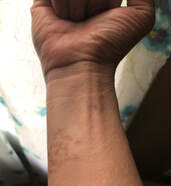
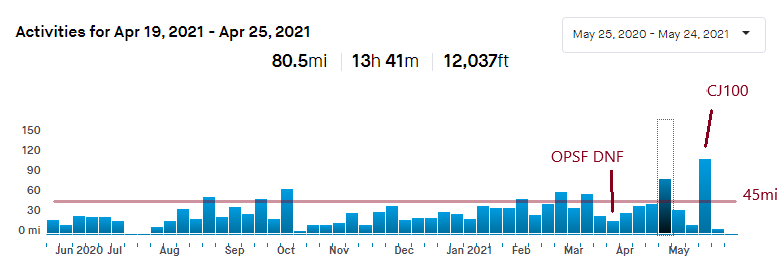
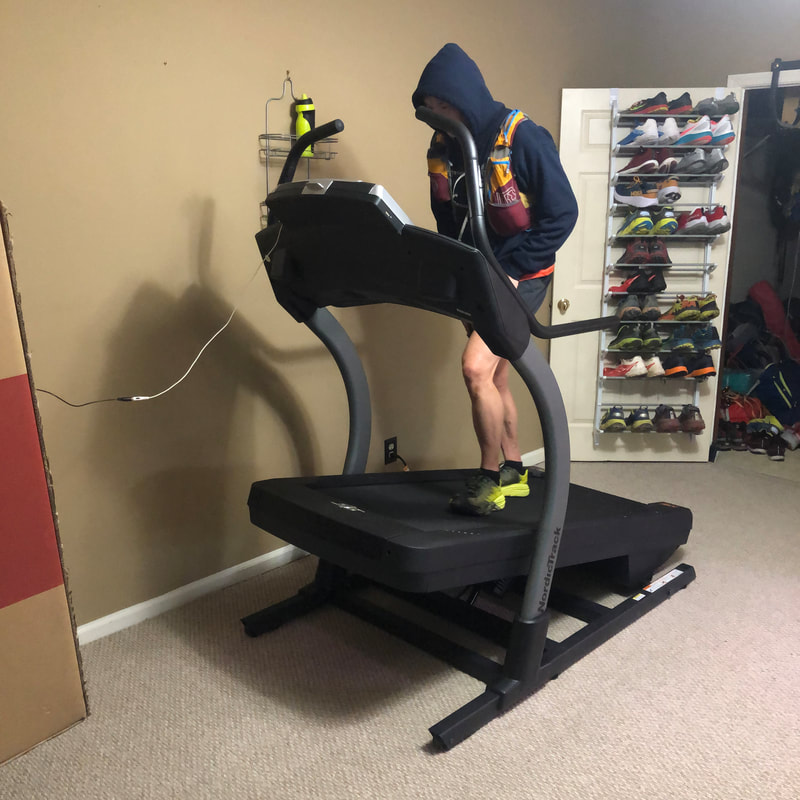
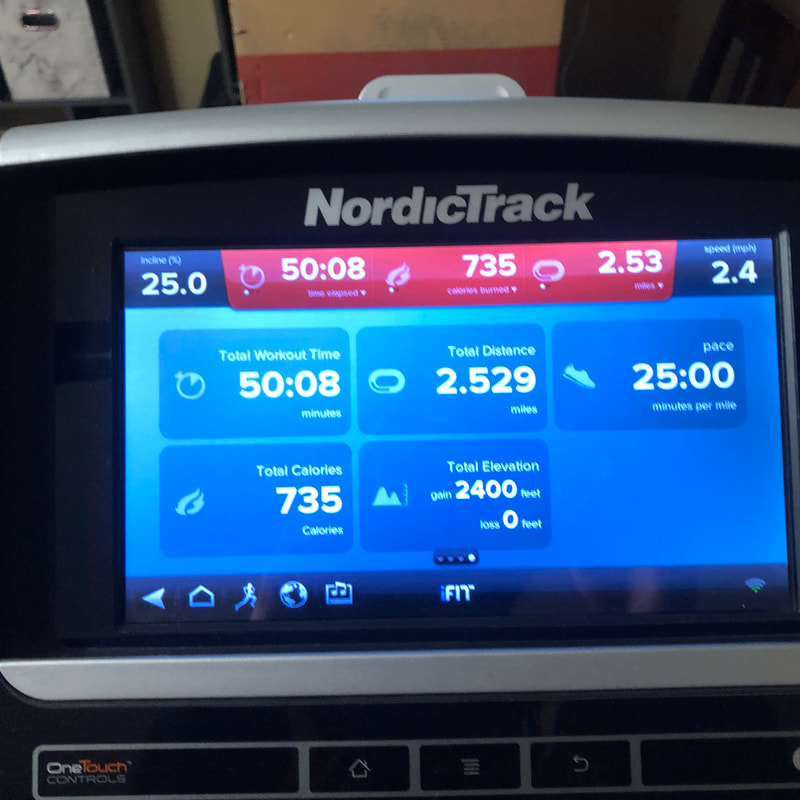

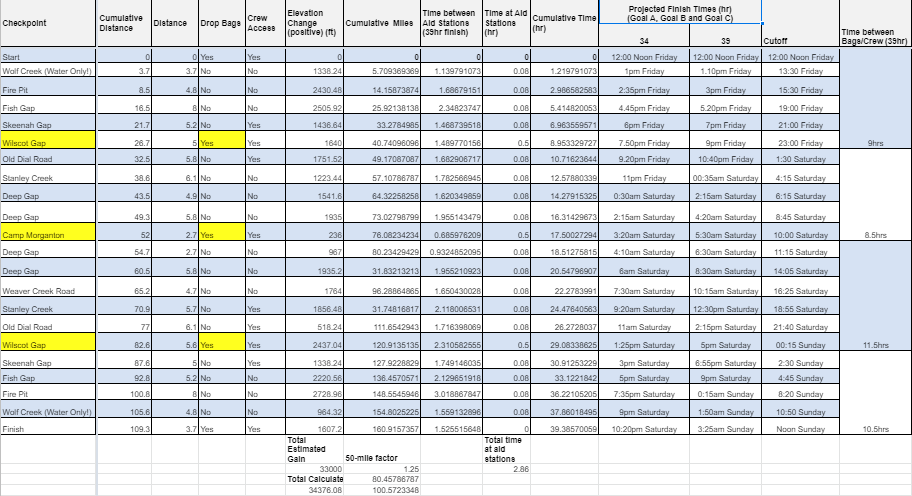
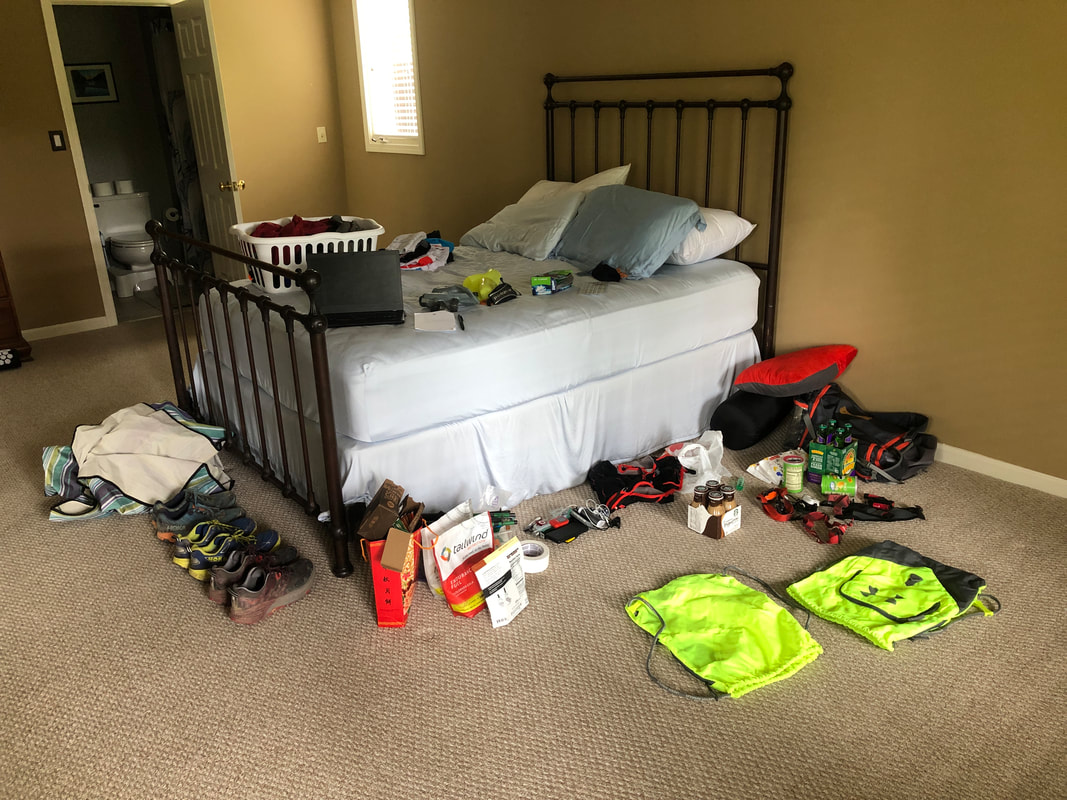
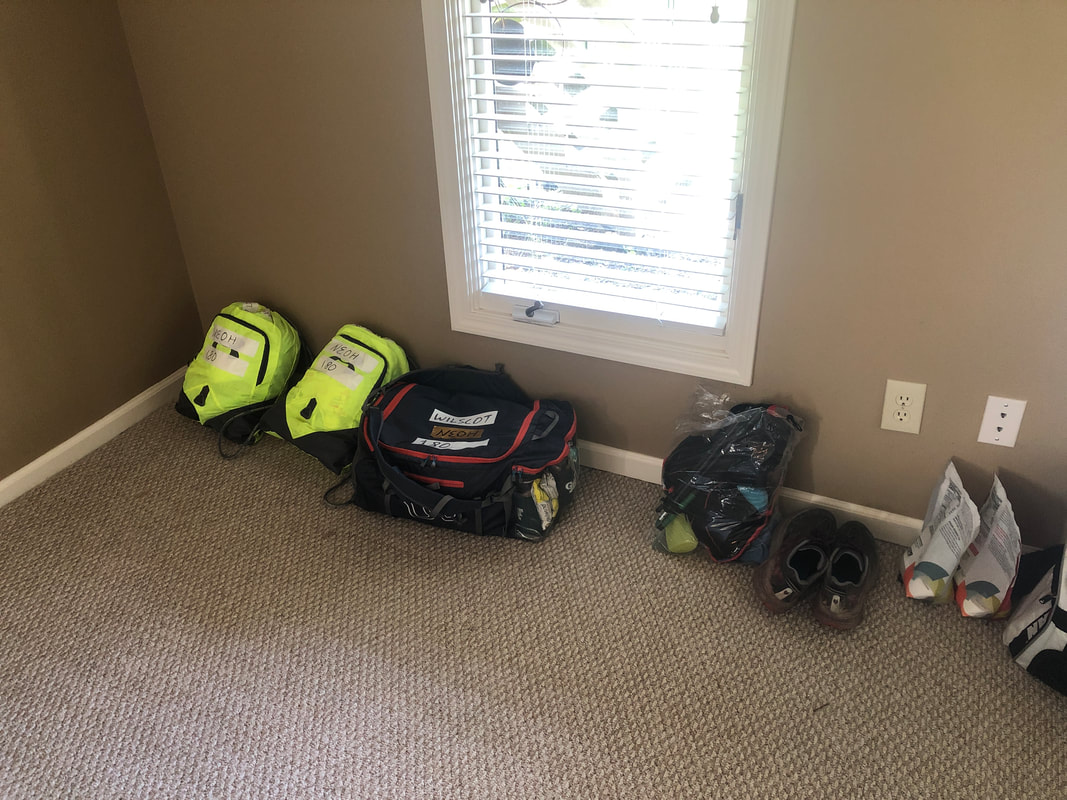
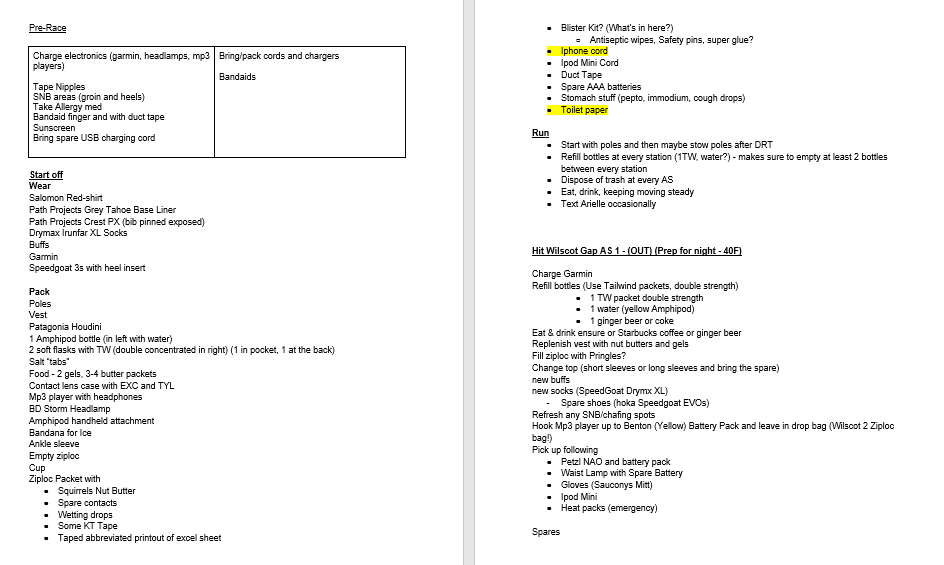
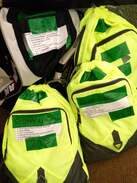
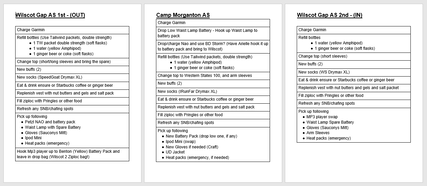
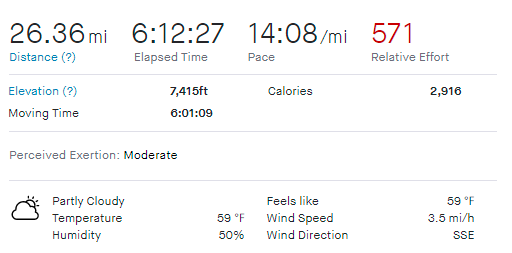
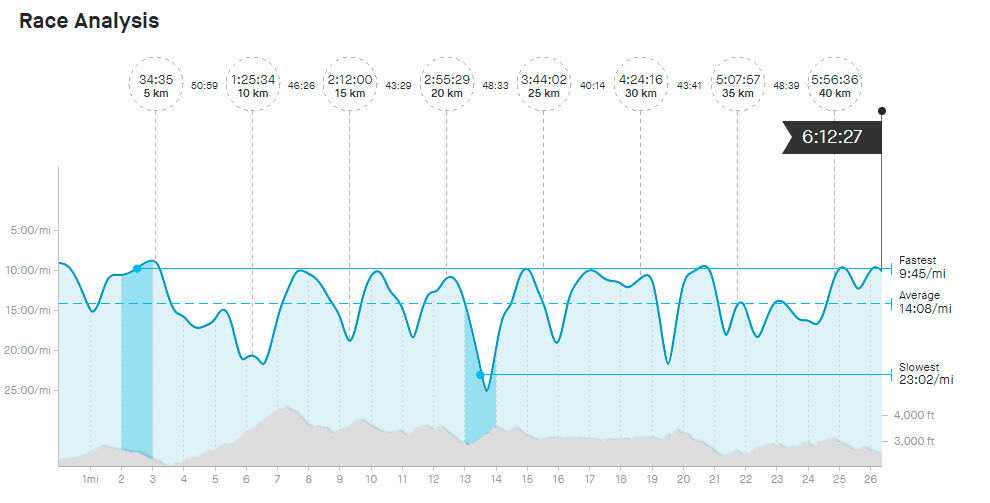
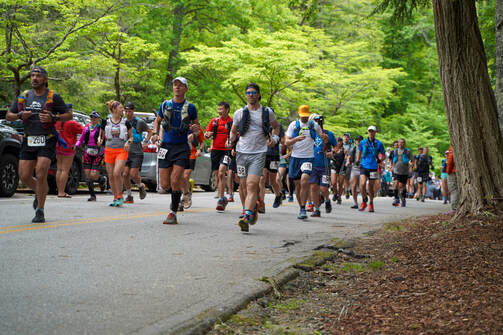
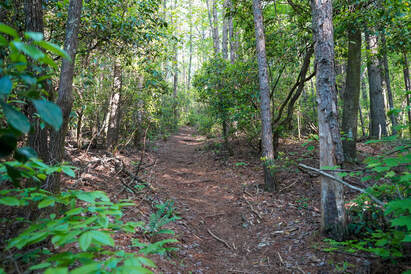
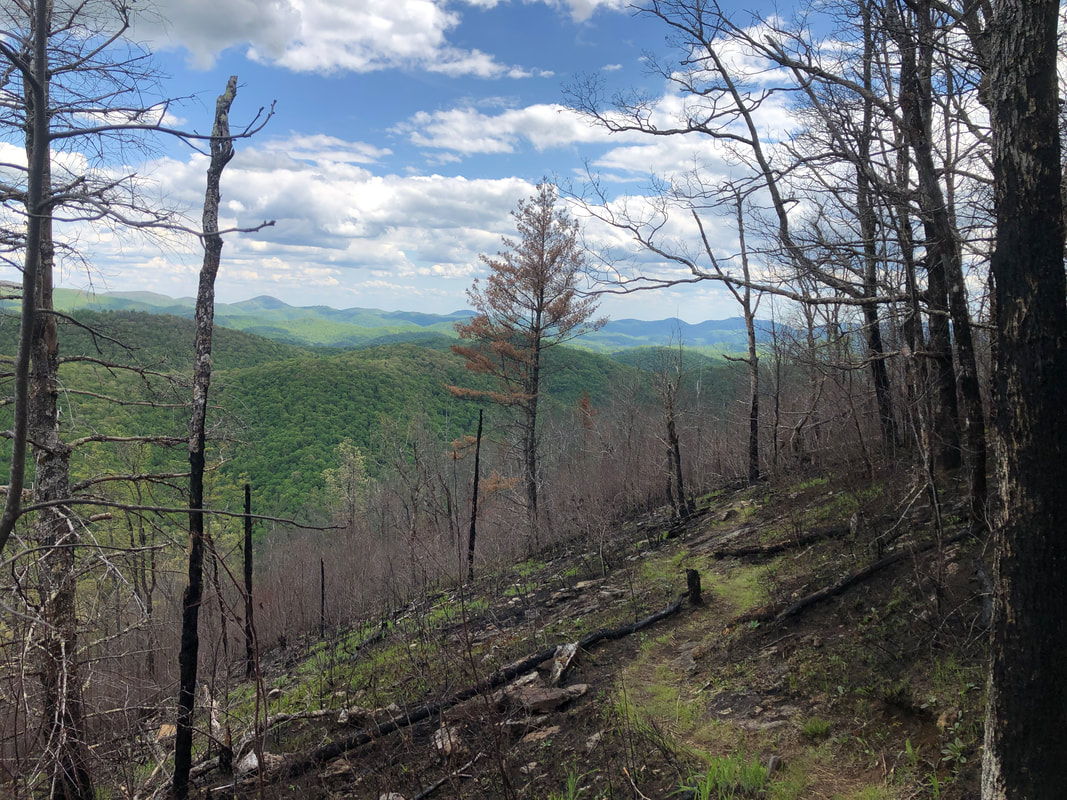
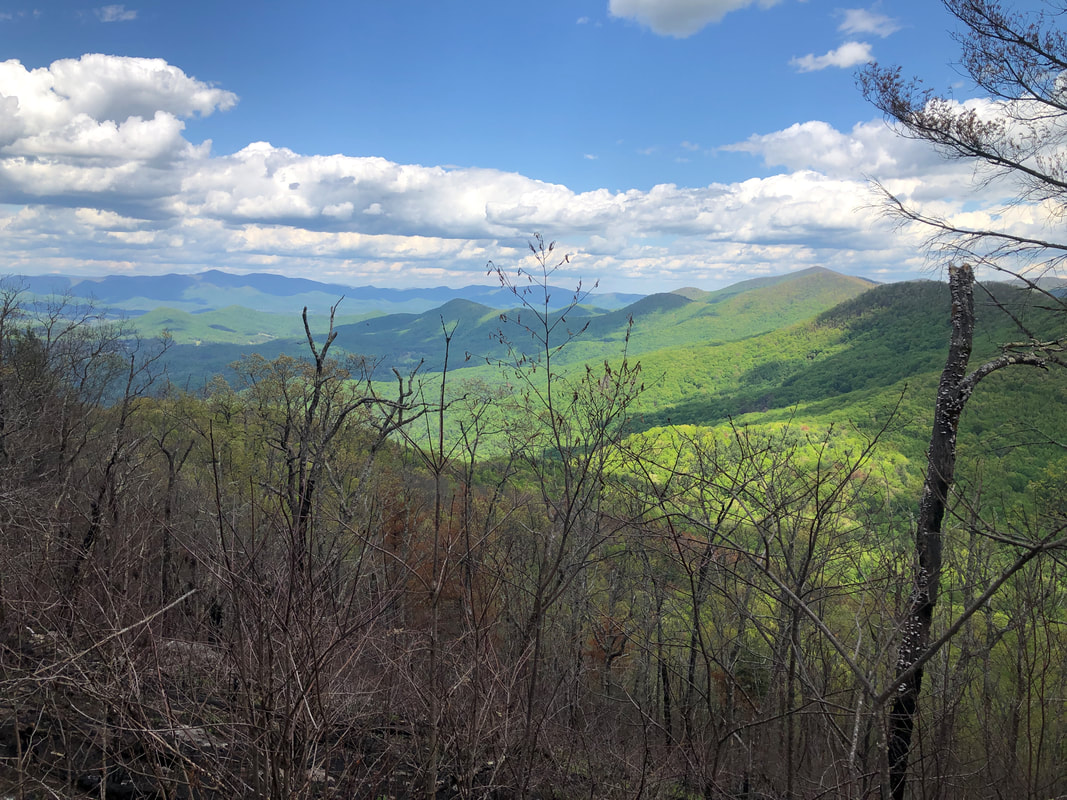
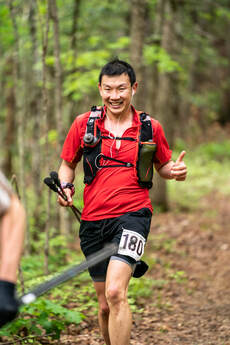

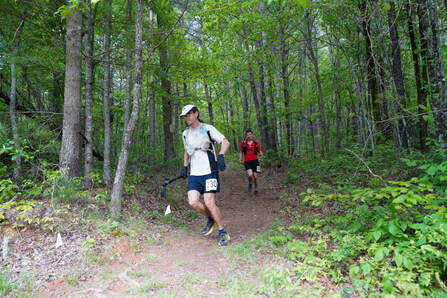
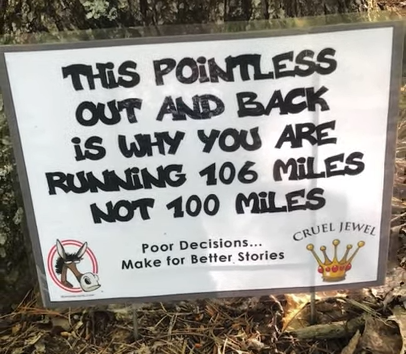
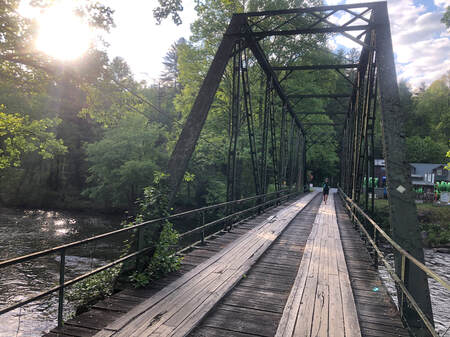
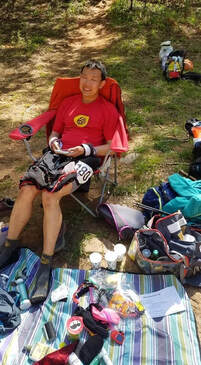
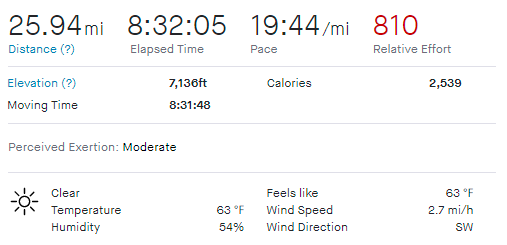
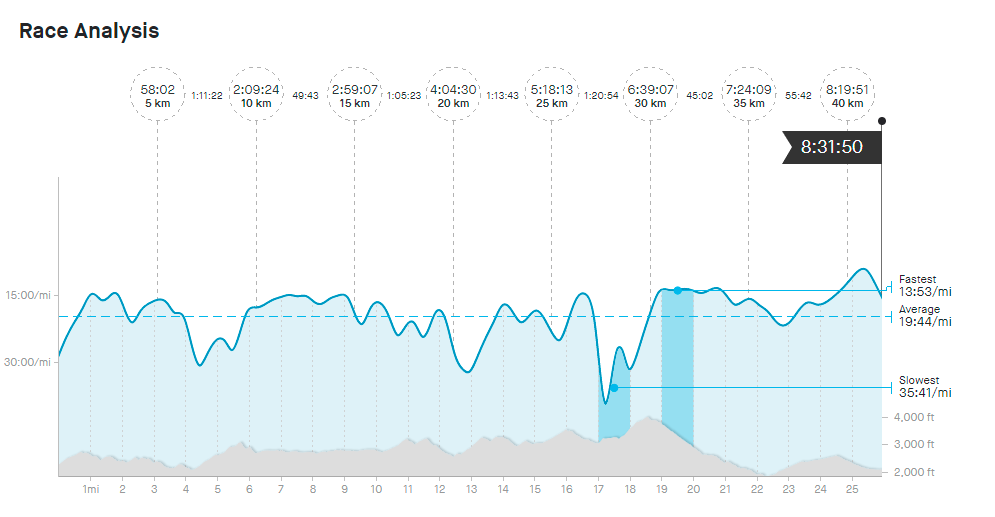
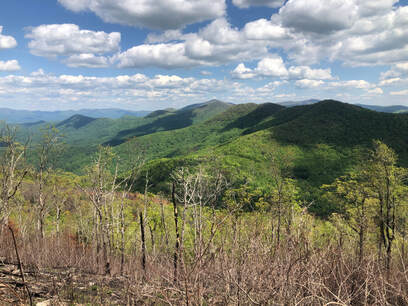
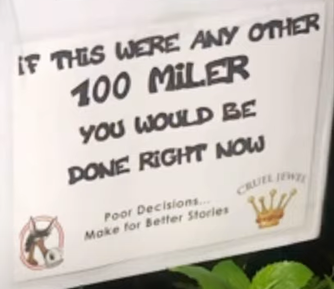
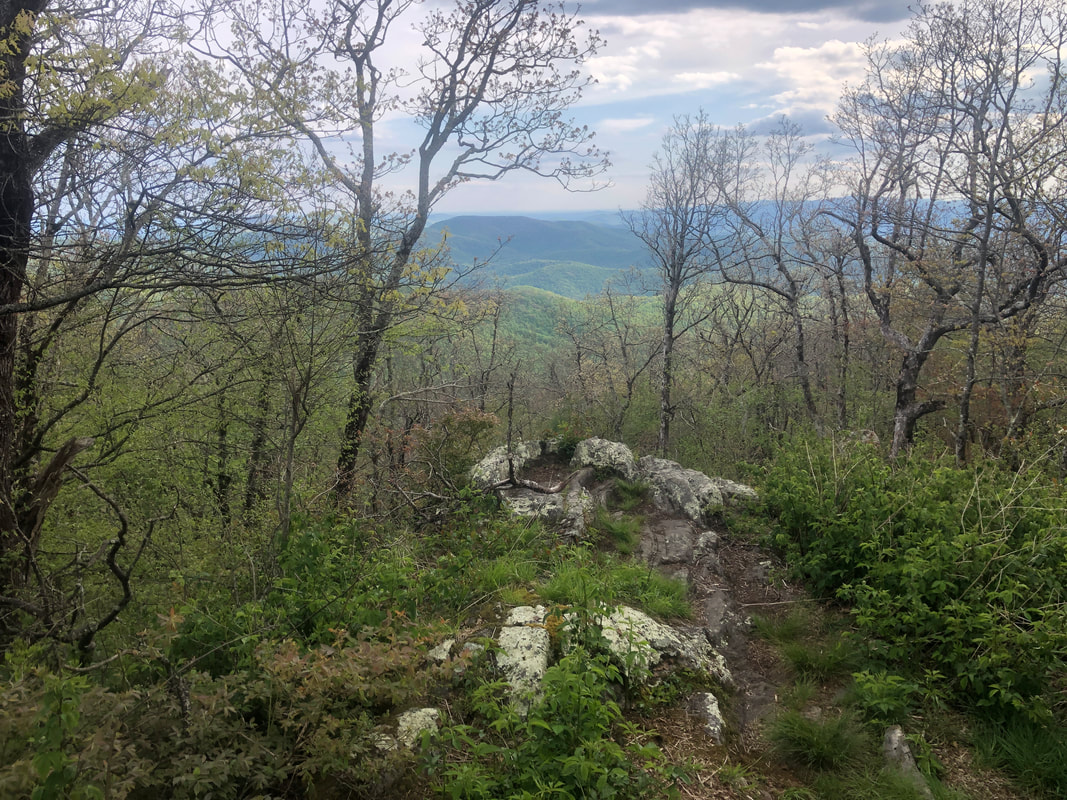
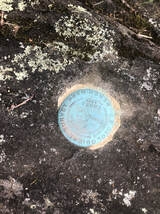
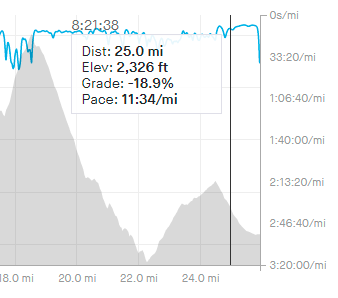
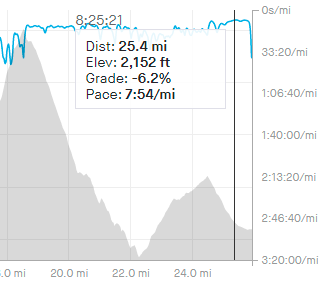
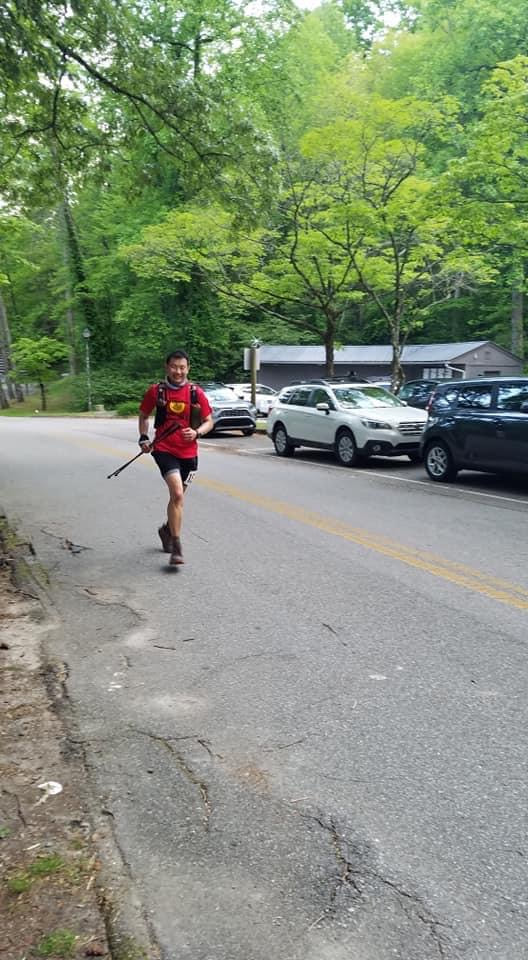
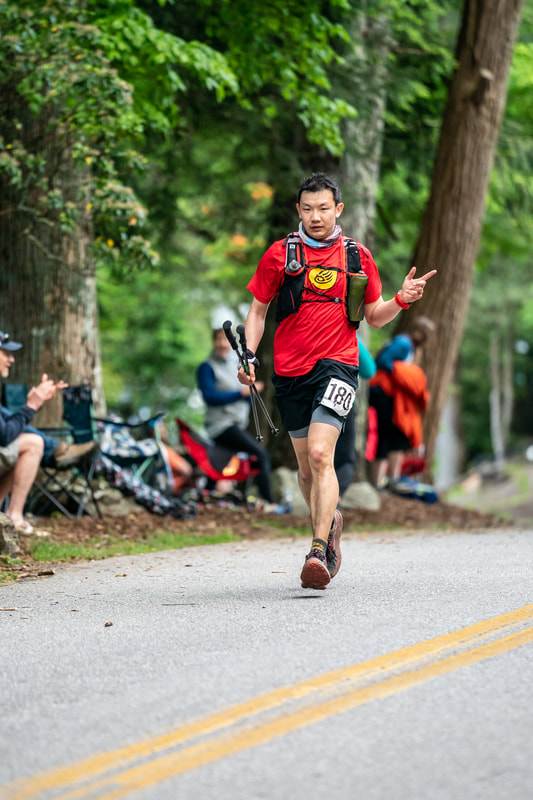
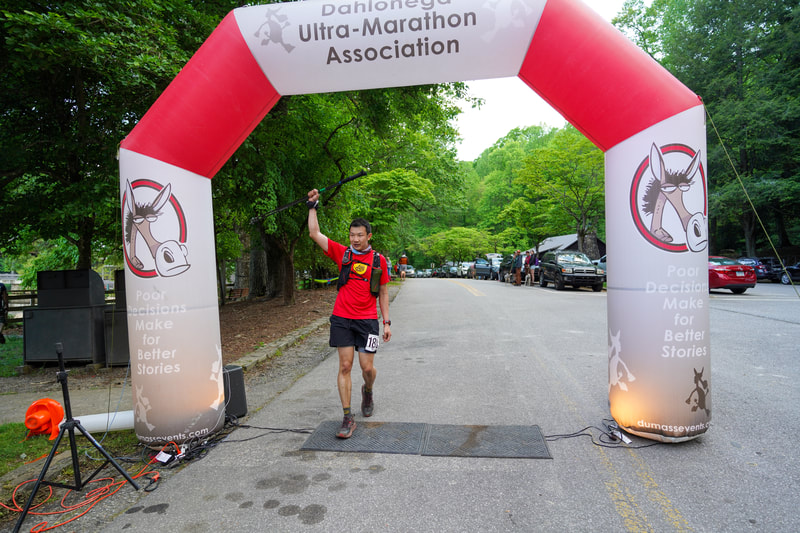
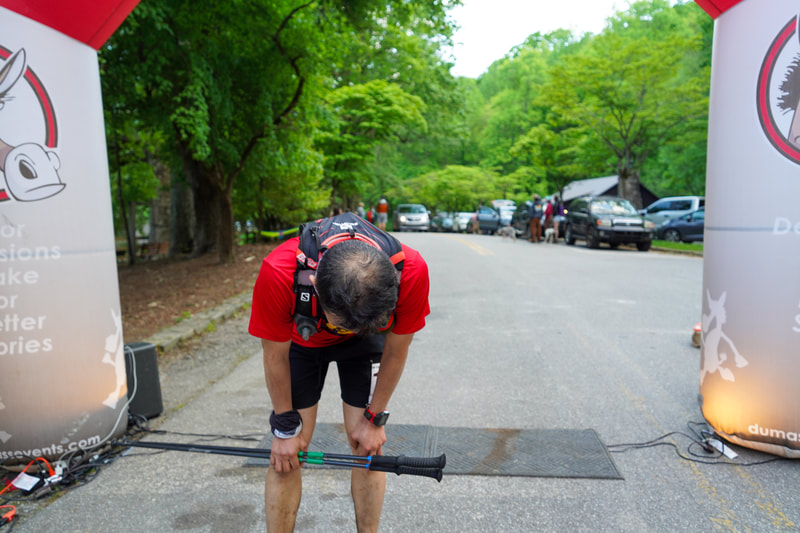
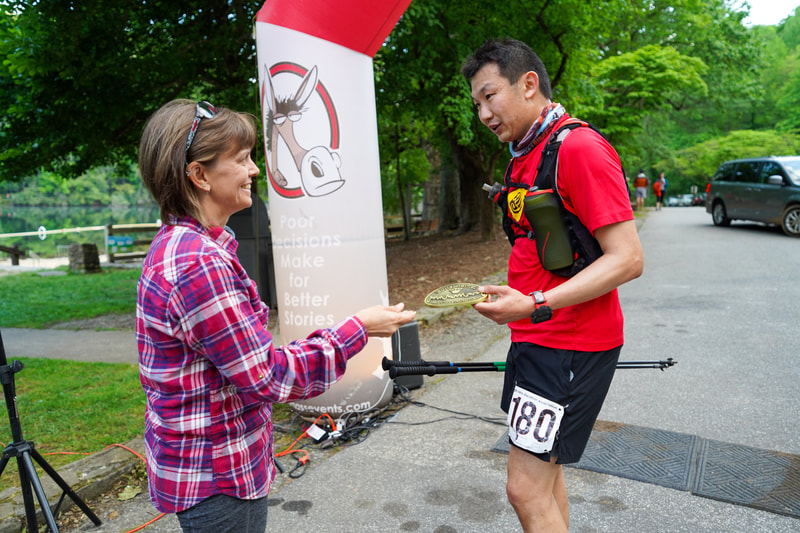
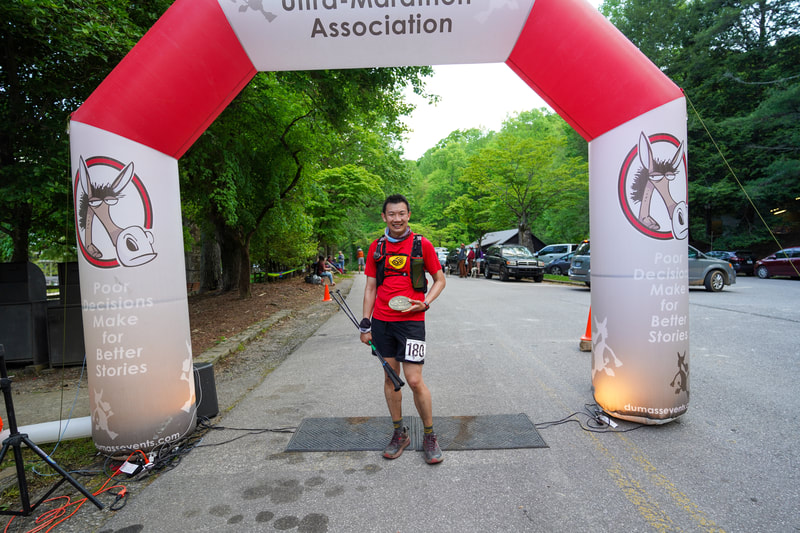
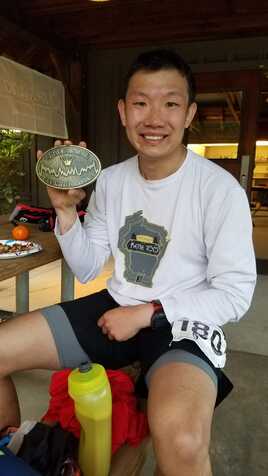
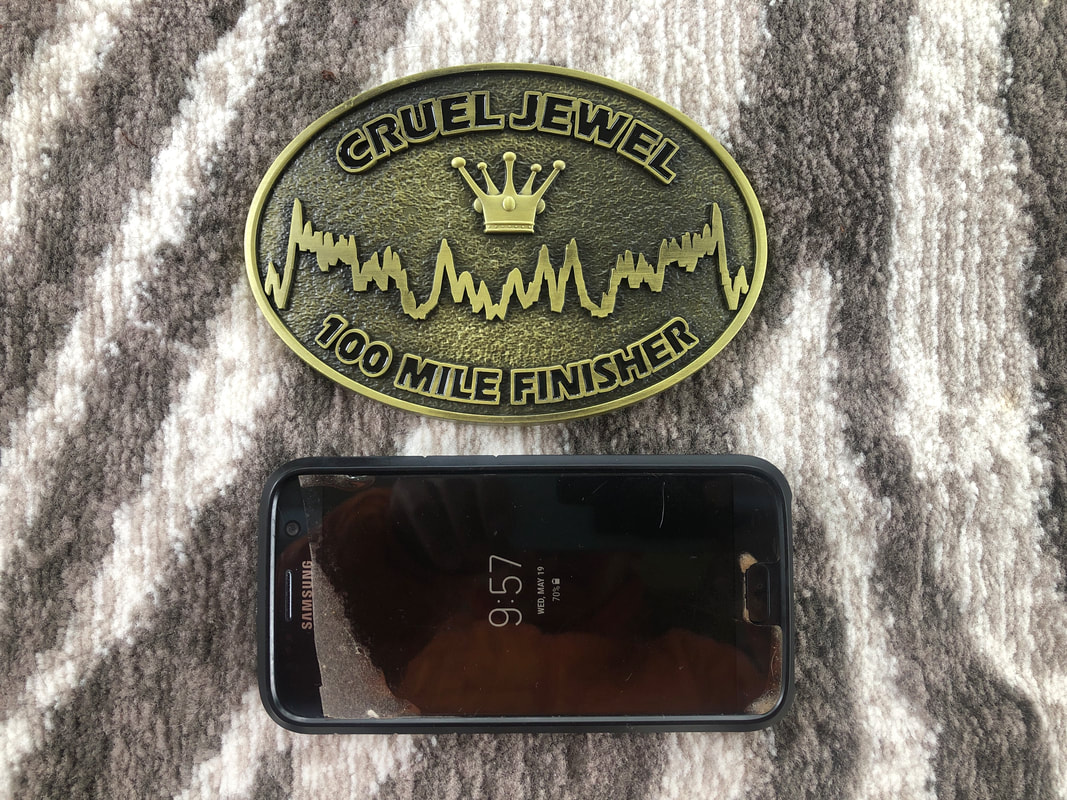
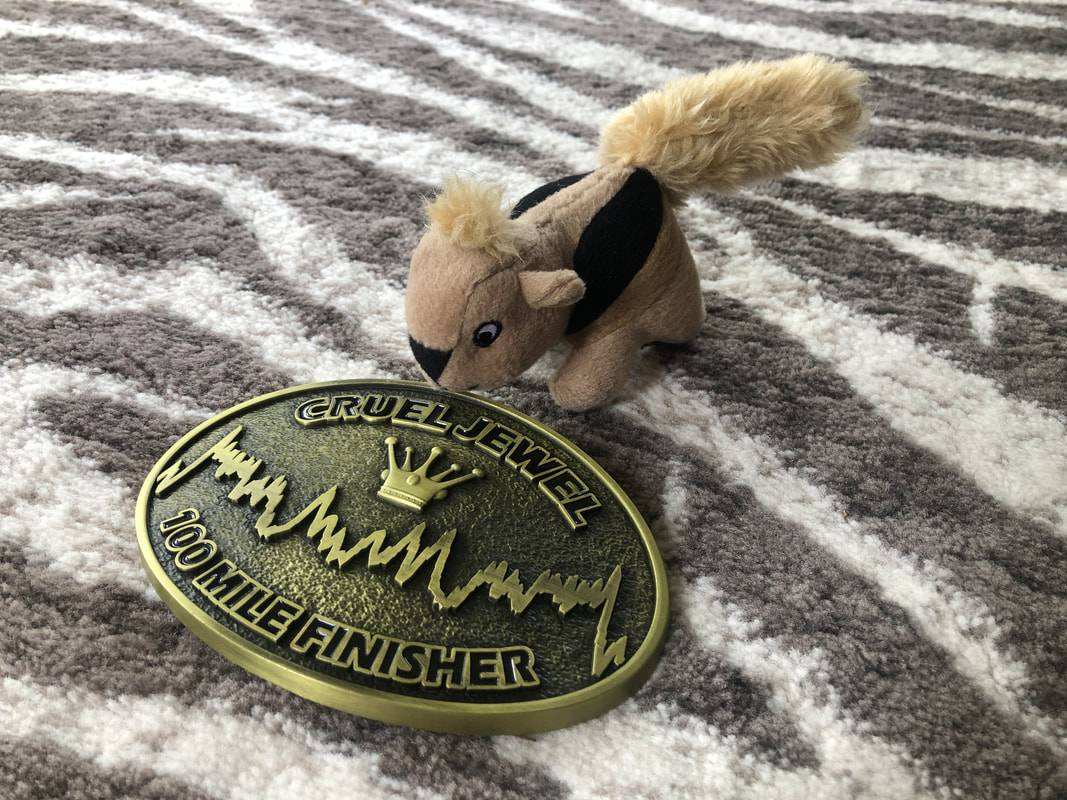
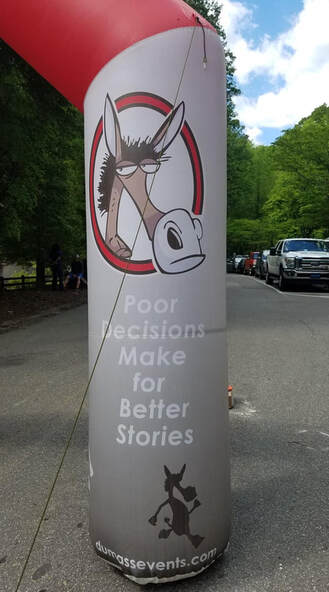
 RSS Feed
RSS Feed

